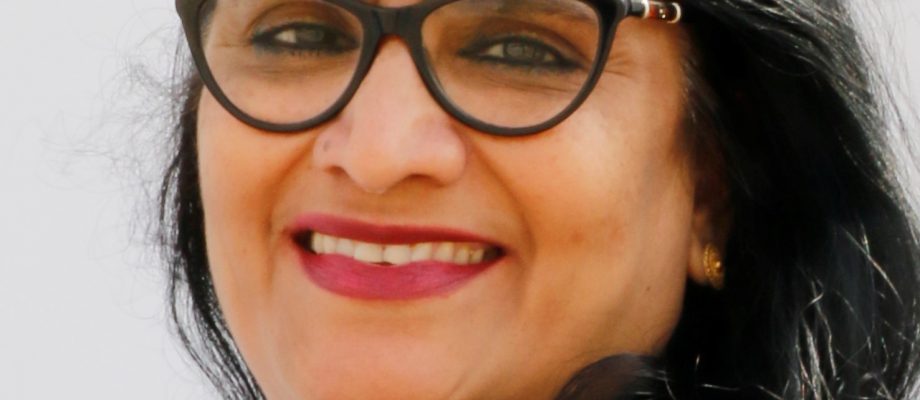
The Role of Sustainable Development Goals (SDGs) in Education
By Anita Singh
Education is a weapon with which you can change the world.
Nelson Mandela
Education is the birthright of every child around the world. It is often hailed as a cornerstone of societal development by equipping individuals with the knowledge and skills they need to thrive and in today’s world it also plays a pivotal role in achieving global sustainability. In this blog, I shall delve into the importance of integrating the United Nations’ Sustainable Development Goals (SDGs) into education and how this can lead to a brighter and more sustainable future for all.
Before I start, let us understand: What are the SDGs?
The Sustainable Development Goals, or SDGs as they are more commonly referred to, were adopted by all United Nations Member States in 2015 as part of the 2030 Agenda for Sustainable Development. Prior to this, the UN had chartered the MDGs, the Millenium Development Goals, which applied only to the developing countries. In contrast, the SDGs will be applicable to all UN members states and are more comprehensive with KPIs indicating the focus areas and how to measure the impact. The SDGs Agenda 2030 are seventeen interconnected global goals with a focus to address a wide range of social, economic, and environmental challenges. The overarching aim is to create a more equitable, prosperous, and sustainable world for present and future generations.
Now that we have a brief idea of the SDGs, let us review how are the SDGs connected with Education. At the heart of all the SDGs is an educational component, with Goal 4 specifically dedicated to ensuring inclusive and equitable quality education for all. The inter-relation between education and the other sixteen goals cannot be overemphasised. Education fosters awareness and understanding of the global challenges that are outlined by the SDGs and equips students with the skills to foster a sustainable mindset which is required to actively contribute towards achieving the goals.
SDGs cannot be a standalone topic which students deal with once in a month or so. It has to be integrated into the curriculum so that it becomes a way of life for students to create an impact towards climate change.
Integration of SDGs into the mainstream curriculum is important to create and raise awareness. It is only through education that one can raise awareness about the critical issues which the world is facing. Education gives the students a platform to make an impact through their voice and choice.
Along with raising awareness, SDGs also promote critical thinking by encouraging students to produce creative solutions for complex issues, thereby leading to the development of problem-solving skills. It fosters innovation and collaboration in students when they engage in finding solutions.
The awareness and development of 21st Century skills empowers students to be the changemakers who advocate the SDGs for bringing a positive change around their immediate environment and community. They can engage in activities that promote sustainability and social justice, both locally and globally. These actions lead them to become socially responsible global citizens who can think global and act local. They understand the impact they can make on their immediate community and how their actions can be effective.
The skills and knowledge imparted through an integrated education helps students to prepare for the future. They are better prepared for the job market and life in a world facing sustainability and development issues.
Small steps taken by schools to integrate SDGs allows for systematic assessment and tracking of progress. Audits conducted by schools can support governments and organizations to monitor their impact in supporting the global goals and adapt their strategies accordingly.
I would like to share some exemplars of how some countries and schools have SDGs integrated in education:-
- The Finnish National Board of Education has introduced the concept of “phenomenon-based learning,” which incorporates real-world issues, including the SDGs, into the curriculum. Their education is ranked the best among all other countries.
- In Australia, The Australian Curriculum Assessment and Reporting Authority (ACARA) has included sustainability as a cross-curriculum priority, to ensure that students are aware and educated about environmental and social issues from an early age.
- UNESCO and the Global Schools Program, offer resources and guidelines for educators to integrate the SDGs into their teaching. Greening Education is one of the initiatives which is being worked upon by many countries including United Arab Emirates.
The roadmap to a sustainable and better world lies in the achievement of the SDGs. To ensure that we make a positive impact, it is imperative we start educating our students about it. By integrating the SDGs into education, we empower students to make informed choices and be responsible citizens who partake actively in achieving these goals. Education that incorporates the SDGs is crucial for addressing global challenges and prepare the next generation to build a more equitable and sustainable world.
It is not about a single effort, but the collective efforts of all stakeholders to align the vision of education with the SDGs so that we all can work towards a brighter and better future.